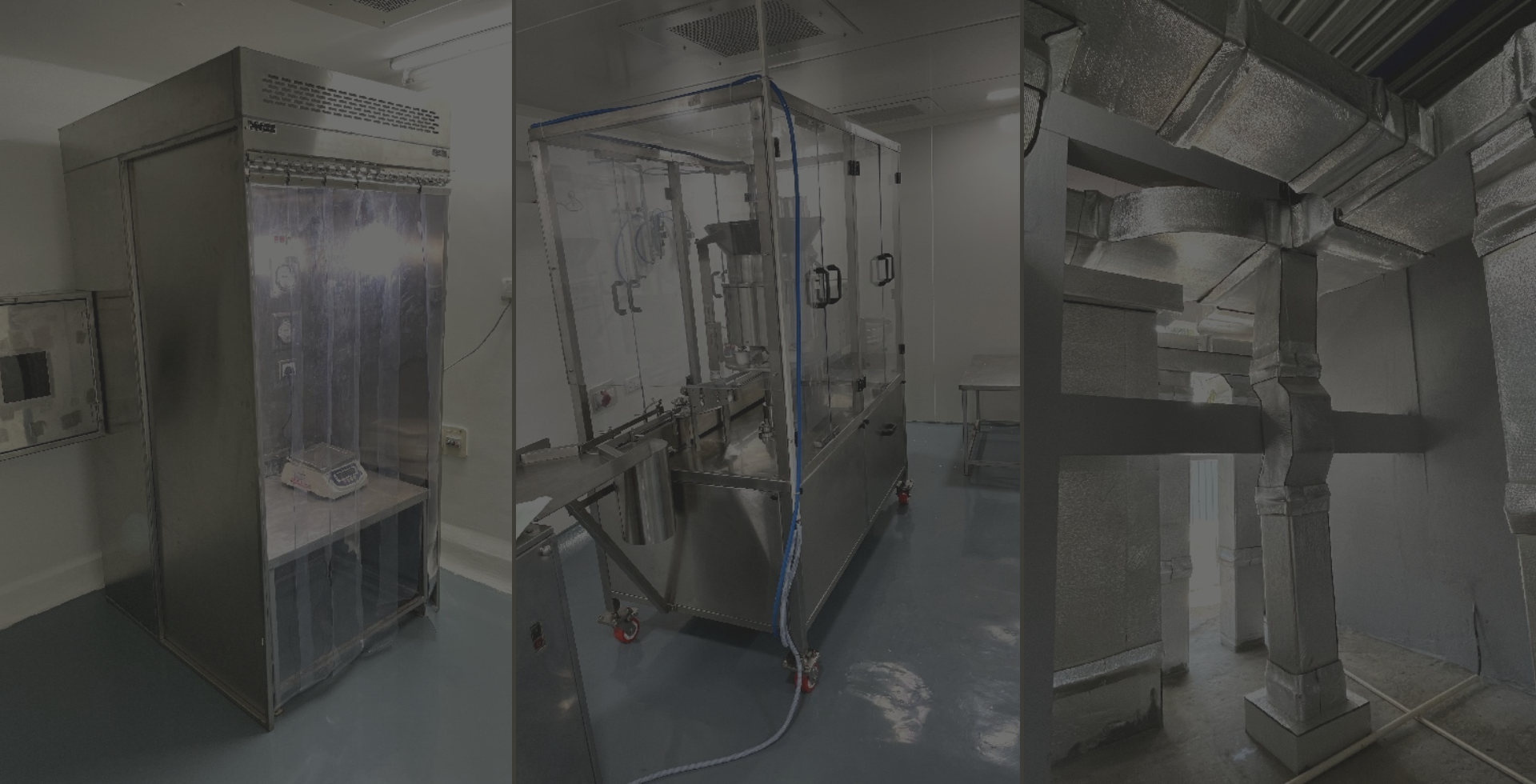
Cleanroom Manufacturers
Cleanroom
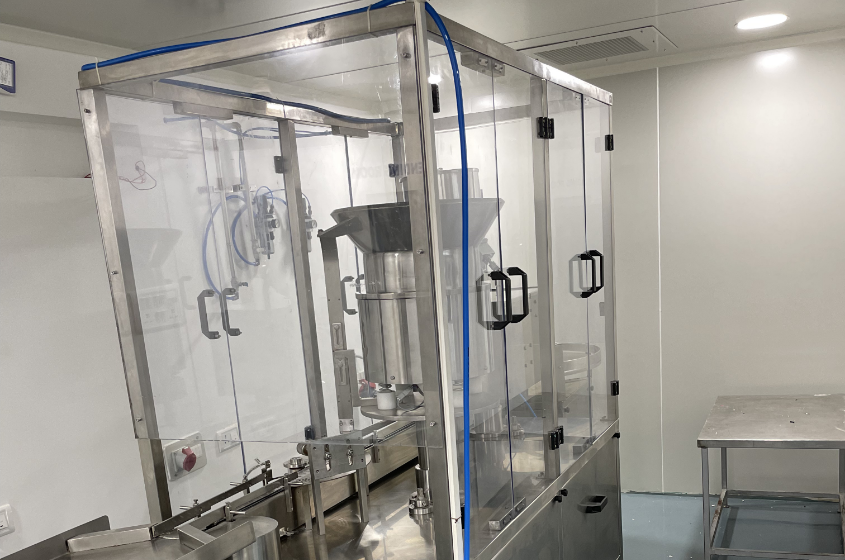
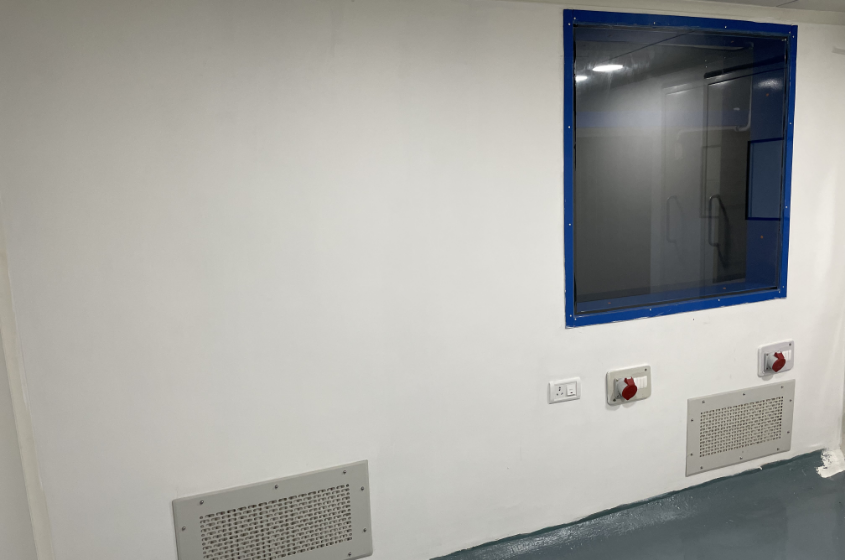
Cleanroom Design, Commissioning, and Validation Services
At Alpha Linear, we specialize in providing comprehensive services for cleanroom design, commissioning, and validation. Our team of experts is dedicated to creating controlled environments that meet the highest industry standards and regulatory requirements. Whether you need a cleanroom for pharmaceutical manufacturing, electronics assembly, or research and development, we have the design expertise and execution experience to deliver customized solutions tailored to your specific needs.
Alpha Linear Cleanrooms are as per ISO
14644-1
ISO 14644-1 is an international standard that defines the classification of air cleanliness in cleanrooms and controlled environments. It provides guidelines for monitoring and controlling airborne particles to ensure the desired level of cleanliness is maintained. Compliance with ISO 14644-1 is crucial for industries where contamination control is critical, such as pharmaceuticals, biotechnology, medical devices, microelectronics, and aerospace.
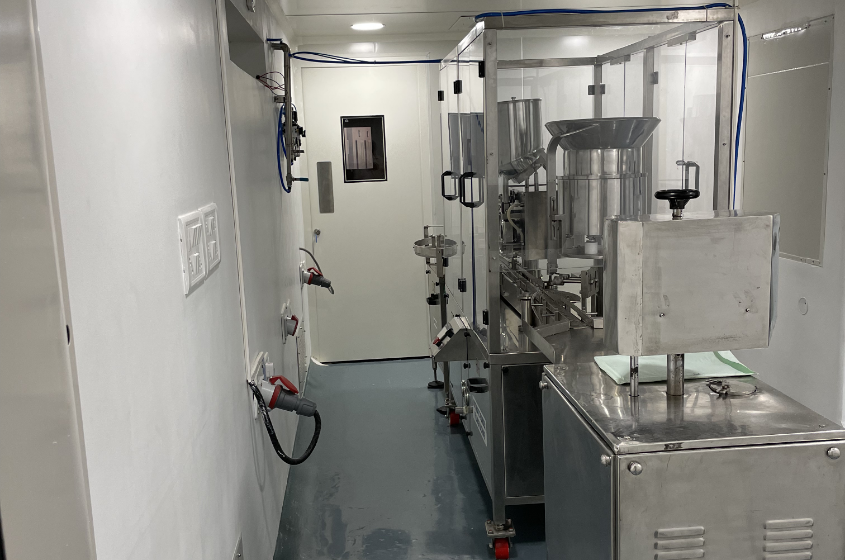
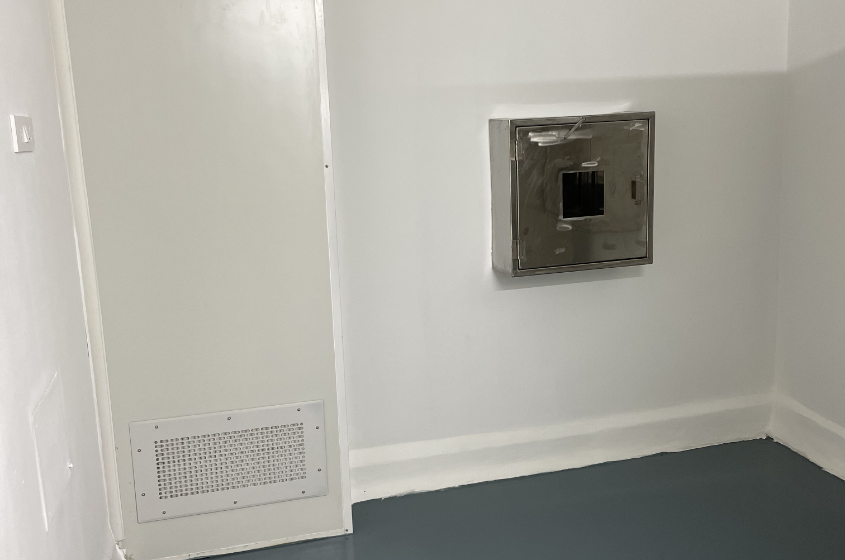
Cleanroom ISO Classification Levels
Cleanrooms are classified into different levels based on the concentration of airborne particles within a specified size range. The ISO classification system assigns a numeric value to each level, with a lower number indicating a higher level of cleanliness. The classification levels range from ISO 1 (the cleanest) to ISO 9 (the least clean). The following table provides an overview of the ISO classification levels:
| ISO Class | Maximum Particles/m³ (≥0.1 µm) | Maximum Particles/m³ (≥0.2 µm) |
|---|---|---|
| ISO 1 | 10 | 2 |
| ISO 2 | 100 | 24 |
| ISO 3 | 1,000 | 237 |
| ISO 4 | 10,000 | 2,370 |
| ISO 5 | 100,000 | 23,700 |
| ISO 6 | 1,000,000 | 237,000 |
| ISO 7 | – | 237,000 |
| ISO 8 | – | 23,700,000 |
| ISO 9 | – | 237,000,000 |
Alpha Linear can support different industries with their distinctive needs as per ISO 14644-1
Different industries have varying requirements for cleanroom classifications. Here are a few examples of industry applications and their corresponding ISO cleanroom classification levels:
Aseptic manufacturing processes typically require cleanrooms with ISO 5 or ISO 6 classifications to ensure the sterility of the products.
Semiconductor fabrication facilities often operate cleanrooms with ISO 3 or ISO 4 classifications to minimize particle contamination during the manufacturing process.
Cleanrooms used for medical device manufacturing may range from ISO 5 to ISO 8, depending on the specific product requirements.
Research and development laboratories working with sensitive biological materials may utilize cleanrooms with ISO 5 or ISO 6 classifications to prevent contamination.
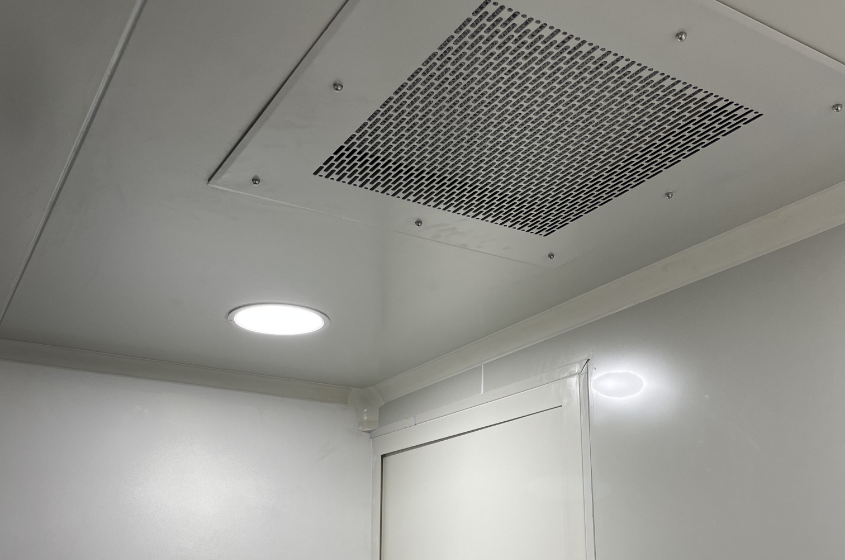
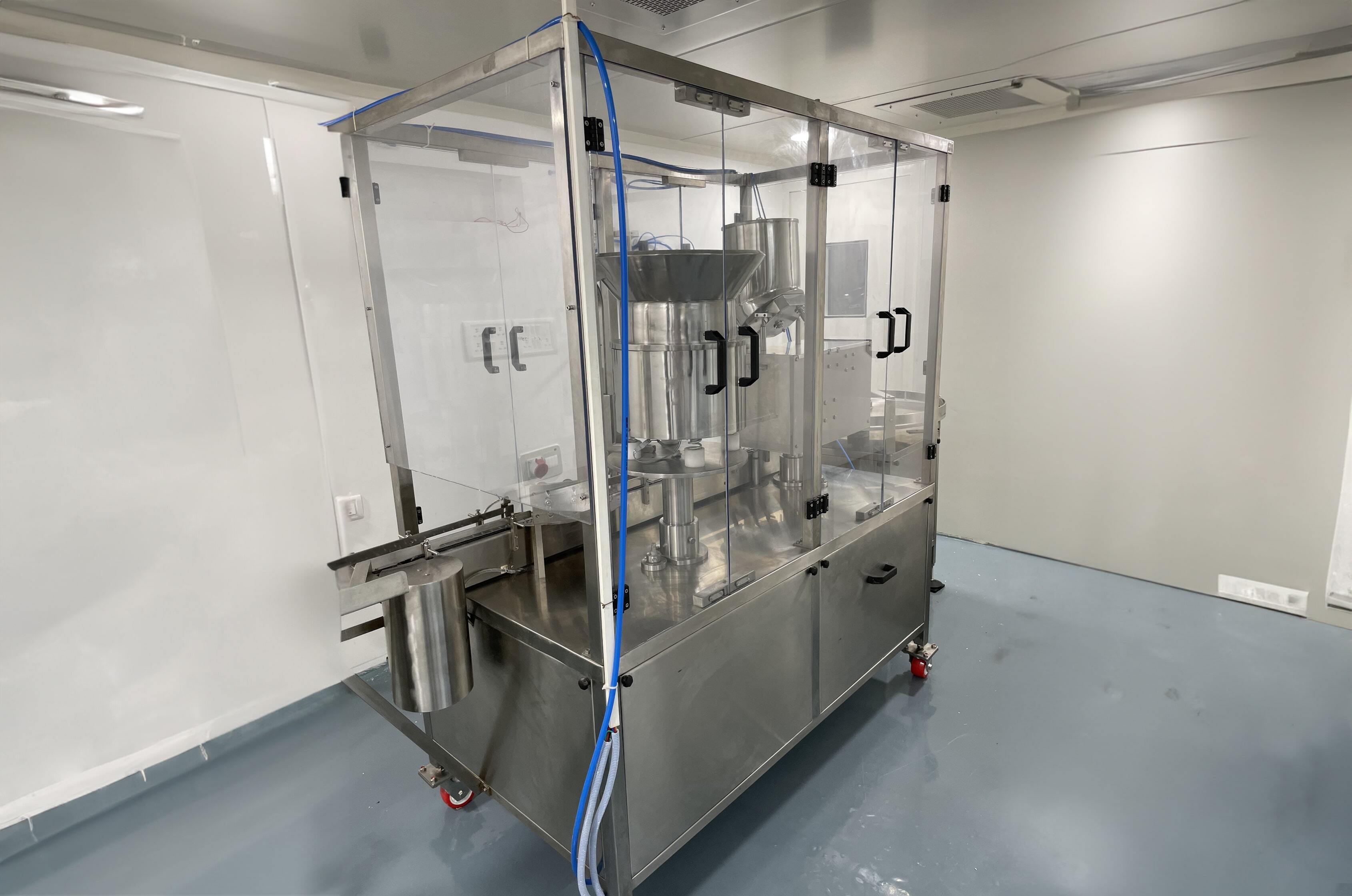
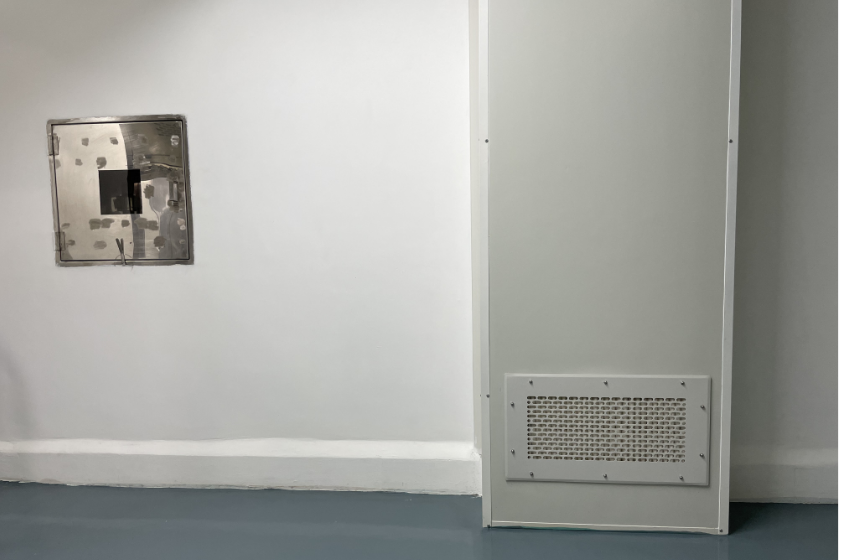
Supporting you through the Cleanroom Project Lifecycle
At Alpha Linear, we understand that each cleanroom project is unique and requires careful planning and execution. That’s why we offer comprehensive support throughout the cleanroom project lifecycle. From initial design and engineering to commissioning, validation, and ongoing maintenance, our team of experts will guide you every step of the way. We collaborate closely with our clients to understand their specific needs, regulatory requirements, and budget constraints to deliver cost-effective solutions that exceed expectations.
Whether you need a cleanroom for a specific industry application or require an upgrade to an existing facility, our experienced team is ready to assist you. Contact us today to learn more about our cleanroom design, commissioning, and validation services and how we can help you achieve your cleanroom objectives.
FAQs
The essential design features of a cleanroom include controlled contamination levels, high-efficiency air filtration, laminar airflow, regulated temperature and humidity, airtight construction, and specialised gowning protocols. These features ensure a controlled environment suitable for manufacturing, research, or other processes where strict cleanliness and particle control are critical.
- Comply with GMP and relevant regulatory standards.
- Determine appropriate cleanroom classification based on ISO 14644-1.
- Design a robust HVAC system for environmental control.
- Use compatible and low particle-shedding construction materials.
- Select suitable equipment and implement strict personnel gowning and hygiene procedures.
- Establish entry/exit protocols, thorough cleaning and disinfection programs, and contamination control measures.
- Implement a comprehensive monitoring and validation program. Collaboration between experts is vital for successful cleanroom design and compliance.
Controlled environment, strict particulate and contamination control, air filtration systems, regulated temperature and humidity, personnel gowning and hygiene protocols, cleanliness monitoring, isolation of different areas, automated material handling, and comprehensive cleaning procedures are distinct cleanroom features for designing a semiconductor facility.
Dedicated cleanroom areas, advanced air filtration systems (e.g., HEPA filters), controlled temperature and humidity, electrostatic discharge (ESD) protection, sterile clothing for personnel, isolators, laminar airflow benches, comprehensive contamination control protocols, and constant monitoring for particle levels and cleanliness.
GMP (Good Manufacturing Practice) or cGMP (current Good Manufacturing Practice) in cleanrooms ensures strict adherence to quality and safety standards during manufacturing. Popular international standards governing GMP include ISO 14644 for cleanroom classification and ISO 9001 for general quality management.
Yes. We follow these guidelines: establish a controlled environment with HEPA filters, maintain positive air pressure, use smooth and impervious surfaces, employ strict gowning and hygiene protocols, and recommend regular cleaning and disinfection practices. Adhere to ISO 14644-1 Class 5 or 6 standards to achieve the necessary particulate cleanliness level, ensuring a sterile environment for critical medical procedures and reducing infection risks.
According to ISO 14644-1, cleanroom pressure differential guidelines specify pressure levels based on cleanliness requirements. The design involves establishing pressure differences between adjacent cleanroom areas, ensuring air flows from cleaner to less clean spaces. Positive pressure in clean areas prevents contaminants from entering, while negative pressure in dirty spaces contains contaminants. Proper design and maintenance of pressure differentials are critical for maintaining cleanroom integrity and meeting desired cleanliness classes.
Yes. Critical validation tests for cleanrooms per ISO 14644 include particle count, air velocity, air pressure, temperature, and humidity measurements. Cleanrooms should be validated during initial qualification and after significant changes. Additionally, periodic revalidation should occur, typically every 6 to 12 months.